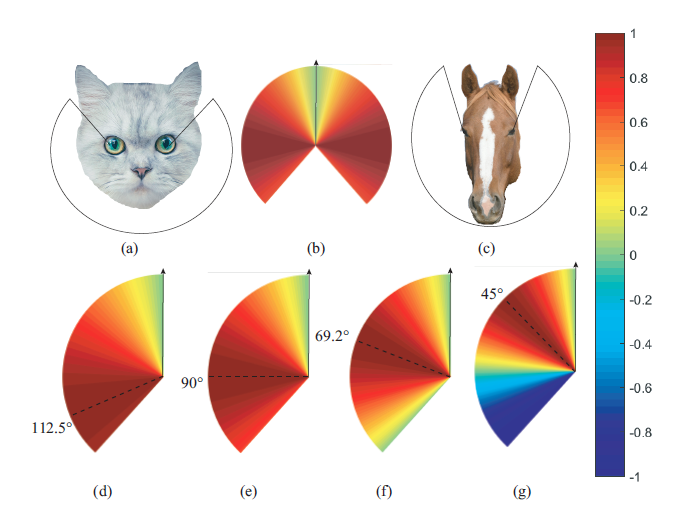
Abstract:
Abundant collective motion patterns of animal groups have different kinds of functions like migration, predator avoidance and foraging. To explore the phase transition mechanism behind such charming collective behaviors, some self-propelled particle models have been proposed, most of which however have isotropic inter-particle interactions and hence could not reproduce sophisticated natural collective patterns. As a remedy, this letter develops an anisotropic self-propelled particle model. By slightly tweaking the vision range and inter-particle attraction, the proposed model demonstrate transitions between four distinct collective motion patterns, i.e., torus, dumbbell, twist, and worm. To investigate more insightfully into the phase transition nature, quantitative analysis is carried out, revealing the relationship of visual angle-based inter-agent interactions and abundant pattern transitions existing in large numbers of natural, social and artificial grouping behaviors. From the industrial application point of view, the present study can help adjust the formation of multiple unmanned systems by simply tweaking a couple of vision-related parameters in their models.
